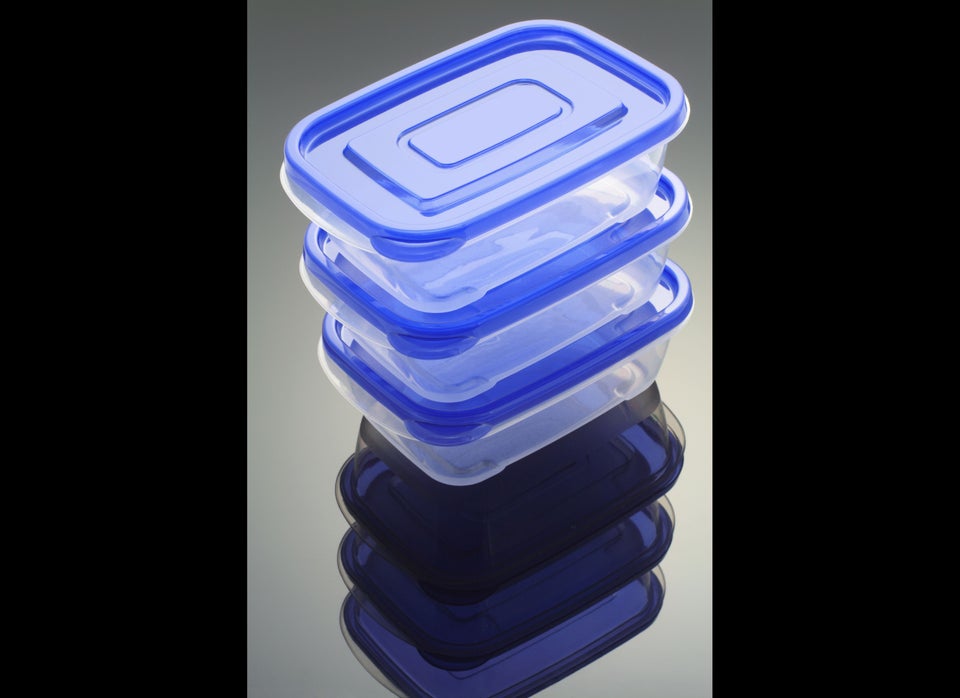Ever since I was in my early 20s, you could set my mood-ometer to the fall weekend when we changed the clocks back. Losing an hour of daylight at the end of the day pushes me into the SAD zone -- I suffer Seasonal Affective Disorder.
I know this because multiple doctors have told me so, as they through the years have had me sit under high-voltage sunlamps, take walks outside in the sun during lunch breaks, and yes, consider taking anti-depressants to stabilize my mood.
SAD affects about a half a million people every winter. You probably have heard of it by its colloquial name: The winter blues. More people in colder climates suffer from it than those in warmer climates, but those who suffer from it all say the same things about how it impacts them: you withdraw, stress eat, don't feel like socializing much, and would prefer to stay under the covers.
But the good news is that once you hit 50, many report the seasonal disorder to diminish. And WebMd says the likelihood of the onset of SAD passes by the age of 55. Finally, something that improves with age besides fine wine, right? As for me, well, I'm still waiting.
Still it's good to know that eventually, I may be able to get through the winter feeling more like I do the other nine months a year. Moving to the sunnier climate of California helped a great deal -- or maybe it was just landing my dream job 25 years ago out here that made me feel better, not the leaving behind of New Jersey's perpetual grayness. I would like to get to the point where I don't run around the house opening shades and curtains as my husband closes them. I would like to be able to sit at a desk in the office that isn't right next to the window -- where the first thing I do every morning is raise the blinds. But I know that to keep my moods stable, I need to do those things.
For me, SAD feels pretty much like what I imagine any other low-level garden-variety depression to feel. But I know for some, it is not so low level. With SAD, you'd rather curl up in bed than go out to the party and socialize. The shower isn't just where you bathe, but serves as your "safe place" for crying jags. You feel friendless and unloved even though you can't keep up with the 9 zillion texts and emails you get a day from friends who love you. Sometimes, you snap at people and wish you hadn't.
What makes SAD so damn difficult is that it overlaps with holidays that expect greater socialization from us and make greater demands on our time. Stress is no friend to SAD sufferers; it just amplifies the condition. There was one year when I felt like a NASA rocket about to be launched -- with the stress and obligations mounting steam each day as we inched closer to New Years. My blastoff came on Christmas Day that year; I stayed on my couch all day watching old movies and feigning the flu. I was single at the time; having a family now would preclude any such hibernation, but I remember how I gave in to it back then. And still didn't feel much better.
SAD is real. It isn't just about being overwhelmed by your to-do list or not making enough time for yourself in the busy holiday season. So to my fellow-sufferers: Don't suffer through the season in silence. Seek help. Spring is not really just around the corner.
Earlier on Huff/Post50:

